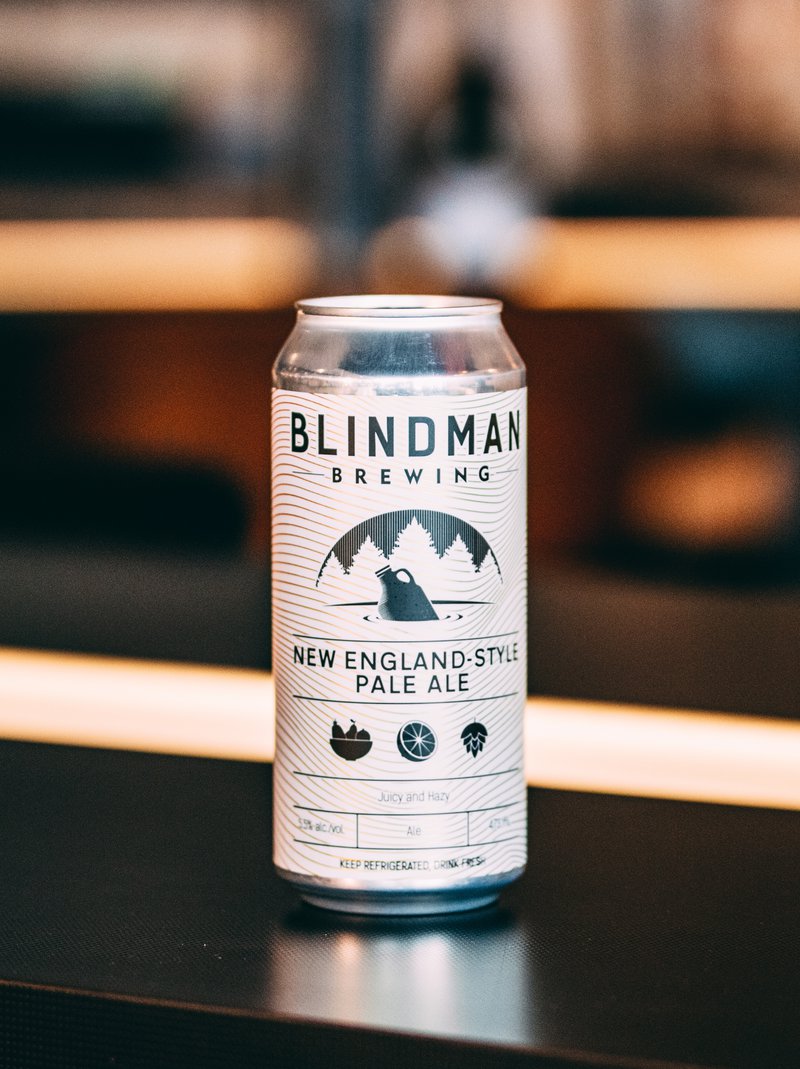Oodles of Beer
Beer Guide
There’s a lot of beer in the world, and we’re here to guide you through it. In this guide, you can expect to find history & background, fun facts, relationships & sub-styles, and representative brews for all of your favourite beer styles/families. Scroll down to learn about: Belgian Ales, Dark Ales, Flavoured Beer, IPAs (India Pale Ales), Lager Beer (Dark), Lager Beer (Pale), Lager Beer (Pilsners/German-style), Pale Ales, Sour Ales & Lambics, Stout & Porter Beers, and Wheat Beer.

LAGER BEER (PALE)
Pale Lagers are clean, crisp, easy-drinking, balanced, crowd-pleasing. They’re also the beer style with the largest breadth in terms of country (Estonia, Russia, Mexico, Australia, etc.).
Pale Lager sub-styles include:
- European Pale Lagers,
- Light Lagers,
- American Lagers,
- Dortmunder Export, etc.
Pale and crisp beer… that sounds similar to a Pilsner, no? What’s the difference between Pilsner vs. Lager? Well...about that...
LAGER BEER (PILSNERS/GERMAN-STYLE)
Here’s the thing: Pilsner is, in fact, a Lager. And it’s the beer style that’s really established the pale and crisp lager beer that is so ubiquitous nowadays.
This branch of the family includes:
- the original Bohemian Pilsner, along with German Pilsner (both of which tend to have a snappier hop character),
- Munich Helles,
- Dortmunder Export (which are more balanced and malt-forward) ,
- and modern American-style Pilsners.
LAGER BEER (DARK)
From refreshing Amber Lagers to massively complex Doppelbocks, Dark Lagers help show the vast range of styles and flavours that exist in the lager universe. Substyles include:
- Vienna Lagers,
- Bocks,
- Baltic Porters,
- Rauchbier,
- Marzen/Oktoberfest,
- European Dark Lagers, etc.
BELGIAN ALES
Belgian Ales are a massive group of beers encompassing many different substyles. But! All are brewed in the Belgian tradition and tend to be brewed with specific Belgian yeast strains.
In this style, you’ll find:
- Trappist beers brewed by Benedictine monks,
- Farmhouse Saisons,
- Belgian Golden Ales,
- Tripels,
- Dubbels, and
- Belgian Dark Strong Ales.
Fruit. Spice. Candi Sugar, a Belgian sugar product. Many Belgian-style Ales manage to have high ABV and be incredibly complex, and yet remain highly quaffable.
DARK ALES
Our Dark Ale section highlights (or lowlights, if you will) the ales falling on the darker end of the spectrum*. These beers have generally more malt-forward notes. From the caramel and subtle fruitiness of an Irish Red Ale to the enormously high ABV and toffee/dried fruit flavours of a Barley Wine, this section is as diverse as it is delicious.
Sub-styles of Dark Ale include:
- Brown Ales,
- Amber Ales,
- Scottish Ales, and
- Old Ales (and that’s just the tip of the ale-berg).
*Except for Stouts and Porters which are numerous enough to warrant their own section.
FLAVOURED BEER
Whether you’re a fan of chocolate, raspberries, or calamansi (a.k.a. Philippine lime), there’s sure to be something you like on our Flavoured Beer shelf! Flavoured beer styles range from light and refreshing, to massively rich and complex depending on the various additives and/or flavours that have been added to enhance the beer’s inherent awesomeness.
IPAs (INDIA PALE ALES)
The undisputed leader of craft beer styles and the group with the most extensive section here at Sherbrooke. There are many different sub-styles and flavours to choose from within the India Pale Ale family, one thing always remains the same: IPAs perfectly showcase the myriad of hop flavours and aromas that exist today.
Sub-styles/types of IPAs include:
- the original strong ales exported by England to India
- the assertively bitter, resinous, and grapefruit like qualities of a West Coast IPA,
- the tropical fruit haze bombs of a New England IPA, and
- White IPAs, Black IPAs, Double IPAs (DIPAs) and all the other sub-styles existing in this massive group.
PALE ALES
Pale Ales are broad branch of the beer family tree. Pale Ales mainly encompass:
- traditional English-style Ales (Bitters, Extra Special Bitters) and
- American Pale Ales (typically brewed with American-grown hops and characterized by a predominant hop character and floral, resinous, citrusy aromas and flavours).
The Pale Ale style includes such classics as Fullers London Pride, and Sierra Nevada Pale Ale.
SOUR ALES & LAMBICS
In the Sour Ale and Lambic Beer section of our cooler, you can expect to find… sour beer. The distinctive thing about this part of the beer family is that these beers are (for the most part) fermented spontaneously through exposure to wild yeast and bacteria in the brewery’s environment.
This style includes:
- the world-class Gueze and Fruit Lambics of the Senne Valley,
- the Burgandy-esque Flanders Red Ales of….well Flanders,
- as well as seemingly countless examples of refreshing Kettle Sours , and
- intensely complex American Wild Ales and spontaneously fermented/mixed fermentation ales from the United States.
STOUT & PORTER BEERS
Welcome to the Dark Side. From the original mild, roasty Porters brewed in England, to the massive Barrel-Aged Imperial Stouts that are popular with North American brewers nowadays, our Stout and Porter section features many ales brewed with dark/roasted malts.
Here, you can also find an array of:
- sweet Milk Stouts,
- silky-smooth Oatmeal Stouts, and
- various other wild concoctions dreamt up by today’s craft breweries: be it roasty, toasty, chocolatey, or coffee...ey.
The perfect style for dark beer lovers.
WHEAT BEER
For the most part, all beer is made from water, malt, hops, and yeast. The most common malt used these days is barley malt, but there are still unique styles that use a significant portion of wheat instead of barley. In the Wheat Beer group, you can find classic sub-styles such as:
- German Hefeweizens (unfiltered wheat beer with clove/banana-like yeast esters),
- Belgian Wits (typically brewed with coriander and orange peel), and
- modern North American iterations (which typically use a lot more hops).
